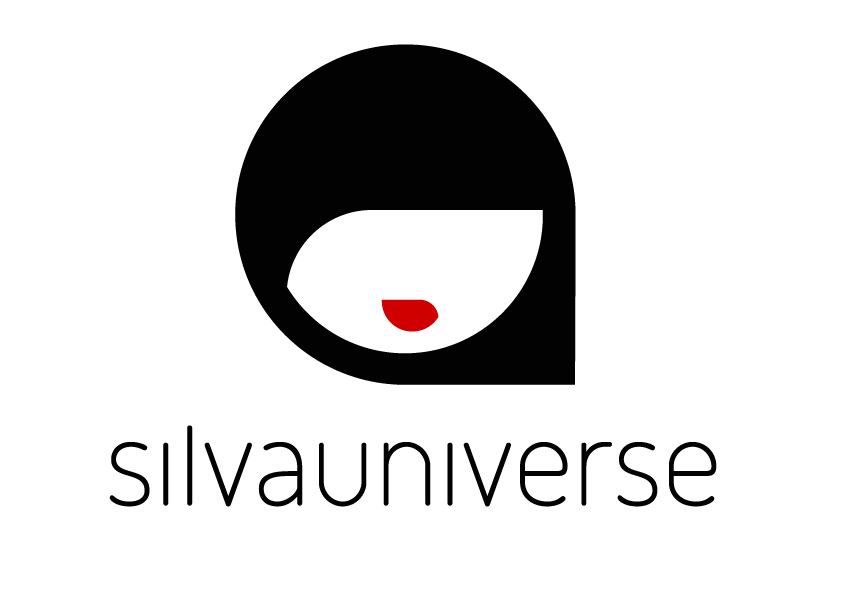- MY ROLE
- Research & Test & Data analyses, Hypothesis, Design, MVP creation, Test, Outcomes, Design…
- CHALLENGE
- Re-designing the user experience for prospective Hosts to maximise the chances of them creating a Stashbee account. And doing so to change the user experience already on the first sight, on the home page.
Research & Test & Data analyses
The initial analyses is focusing on collecting first stage conversion data from a specific angle such as users passing the homepage and moving towards creating an account, specifically signing up. Initial numbers show 79.75% drop-offs from hosting homepage to the next stage which was the sign-up page. Further behaviour analyses and user interviews show major confusion from users’ side when they try to interact and discover the homepage.
Usability testing and deep interview
Conducted 2-stages usability testing followed by deep interviews. As a 1st-stage test required a more generic task as we did not have detailed data. At the 2nd-stage test we were purely observing the user’s movement on the site what gave more than numbers. Therefore, I’ve taken the recordings we already have focusing only on hosting sign ups and listing.
Based on data and user behaviour
- Space characteristics in focus / 10.75%
- Space characteristics in focus / 6.56%
- Calculate CTA / 20.54% and 3.64%
- List your space CTA / 8.93%
Usability testing, deep interview
- The users spent average 0.35-1:30 minutes on Stashbee site.
- The following functionalities were visible and well-used: The estimated amount they could earn, The initial steps to Sign up, The initial steps to List their place;
- They Did not get to ‘sign up’ nor signed up
- They Did not get to ‘create a listing’ nor created listing
- They Did not find information and left frustrated
The follow up 3rd stage testing as deep interview revealed deeper emotions triggered by interacting with our product.
Analysing & Problem listing
Discovering the main problem in the user journey by creating information architecture of the current site. It clearly showed the inefficient UX design or the lack of it.
One single user action needed up to 32 steps.
- Space characteristics are focused only on two options and ‘other’ is confusing
- Top Nav menu not relevant nor useful (Research indicates that users don’t use this option or find it confusing)
- List of services are not clearly communicated
- Too much information in top fold (Too much information shown on the landing page what leads to confusion and feeling overwhelmed.)
Finding solutions
Simplify, simplify, simplify! The amount of information and its generated confusion was asking for simplifying the content as well as the visible elements. Following the ‘What? Why? How?’ approach I prepared solutions for the better usability.
Following more and more iterations based on user feedbacks one of the ideas was asking for more discovery: what if we divide our broad target group field by adding several landing pages and letting them decide where do they belong to.
But that’s going to be a new chapter…












